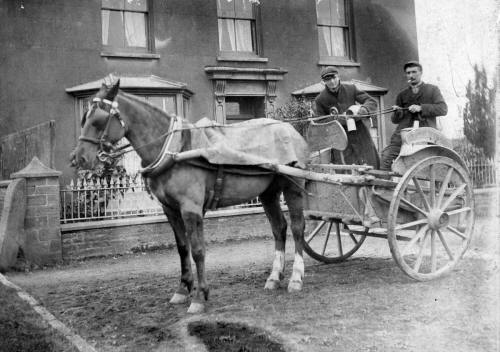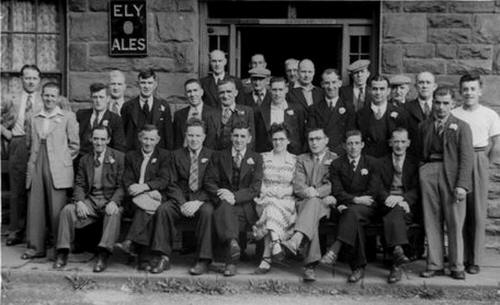Quakers’ Yard (Welsh:
Mynwent y Crynwyr)
was originally known as 'Rhyd y Grug' or 'The Ford of the Rustling
Waters' . A Quaker burial ground was opened here by William Howe of
Bristol in 1665 on a piece of land on the Pantannas Estate owned by
Mary Chapman. In her will of 1700, Lydia Fell left the burial ground
or ‘yard’ as it was known locally to the Quakers ( a name given to
members of the Religious Society of Friends who refused to join the
Established Church ).
George Fox must have inspired the Quakers during his visit to
Merthyr and Quaker’s Yard. George Borrow described the area in 1854
in his book Wild Wales; ‘The rays of the descending sun gilded the
Quakers’ burial ground. A lovely
resting place … and quite in keeping with the character of the quiet
Christian people who sleep within it’.
There was a rural village here in
pre-industrial times and a part of Quakers’ Yard was in the Parish
of Llanfabon.
A
mill here was called Melin Caeach or Melincaiach. As well as a corn
mill, there was also a small woollen factory and flannel
was manufactured at Quakers’ Yard on the banks of the Bargoed Taff.
The
place was known as The Factory or Melin Caeach,
although there is now nothing remaining since most of the buildings
have been converted into dwellings. A mill water wheel was said to
have been visible on the property until the 1980s.
Quaker's Yard was at the junction of the
Great Western and Taff Vale Railways. The
Quakers’ Yard
Railway Station opened in 1858. The Quakers’ Yard
Inn is probably the oldest building here, although the Glantaff Inn
is also late 18th century.
The Anglican Church
was St. Cynon’s Church and many marriages took place here in the
1950s and 60s, but the Church has now been demolished. There was
also a Welsh Congregational Chapel here called Libanus Chapel which
was built in the 1850s and lasted until 1994, when the roof was
damaged and then removed.
One of the most famous
British
boxers
of all time,
Jimmy Wilde
(1892 - 1969) was born in Quakers’ Yard in a cottage belonging to
his grandparents. He was known as 'The ghost with the hammer in his
hand' and of his 864 fights there were only 4 occasions when he did
not win the contest. He was
Flyweight
Champion of the World from 1916 to 1921 and an exceptional boxer.
As the village grew so schools were built here
or in the surrounding area. The Woodlands Junior School was built
along the river Taff in 1906 and 70 years later the building was
used for a Welsh Medium Junior School, Ysgol Cymraeg Rhyd y Grug.
After WWI Merthyr
Tydfil acquired some prefab buildings for a new secondary school
and on the 2nd May 1922 Quakers’ Yard Grammar School
officially opened by Mayor David Davies. Alan Osborne, the
Welsh playwright, was educated at
Quakers Yard Grammar School.
The school established a reputation for rugby and drama (
in 1951 The ‘Queens’ ). When Afon Taf School opened
in September 1967 pupils from
Quakers Yard
Grammar School
transferred to this new school. The school's first headmaster was
David W. Howells, who was previously headmaster at Quaker's Yard
Grammar School.
At Quaker's Yard the Taff Trail passes along a
back lane, Roderick's Terrace, with the river Taff downhill on the
right. Passing the end of the path from Quakers’ Yard Station the
route follows that of Trevithick's locomotive which ran near here
from the Penydarren Ironworks to the Glamorgan Canal at Abercynon.
The new bridge here was opened in 1925/26. A nearby community is
Fiddler’s Elbow , which is located on a sharp bend, it is thought to
have been named after the shape of a fiddler playing the violin;
although there are also other theories .
C.J.
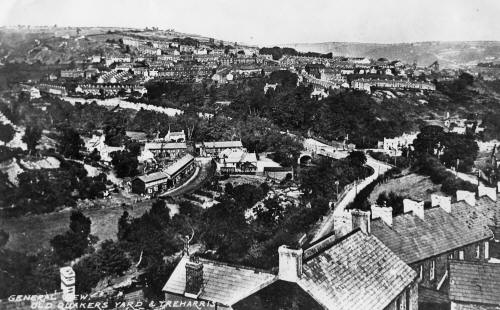
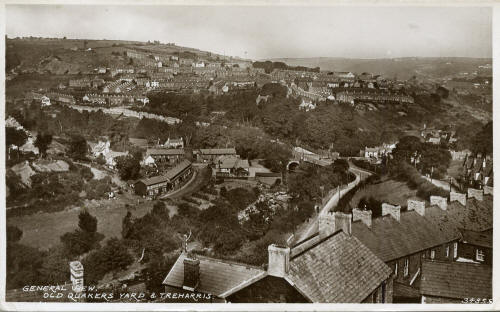
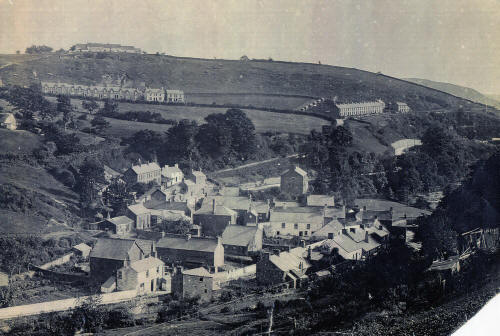
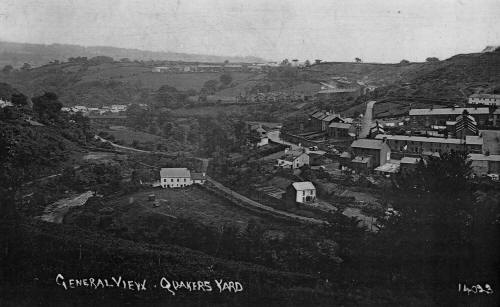
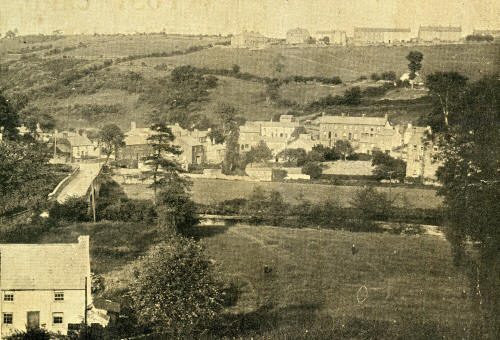
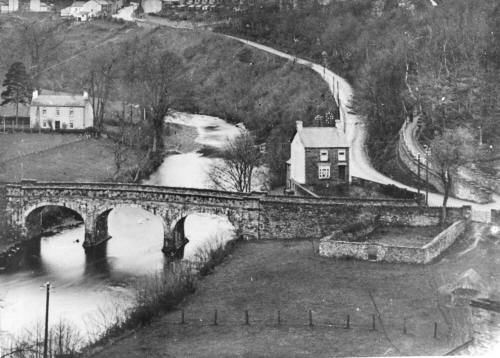
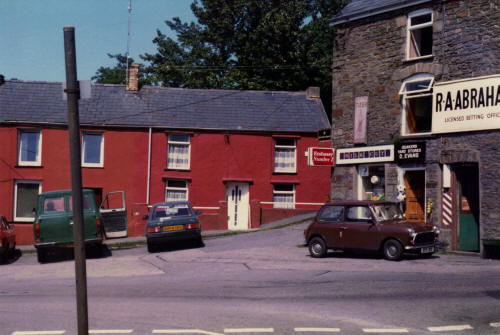

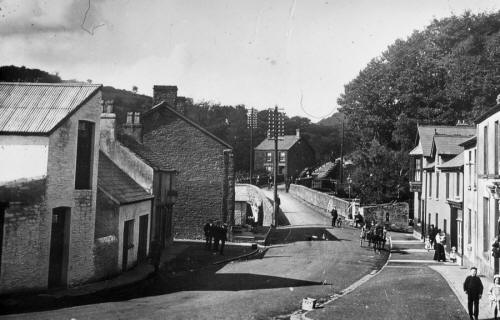
_SteveBrewer__small.jpg)

